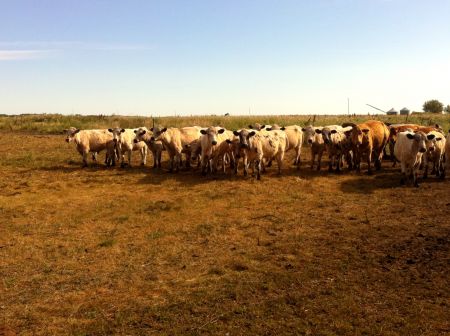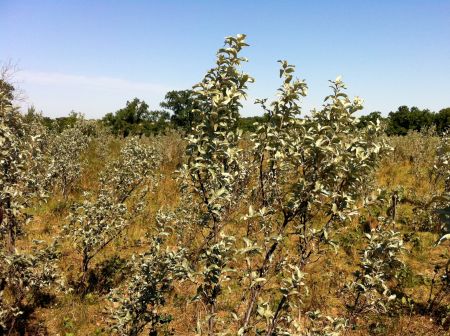WINNIPEG—Prairie community pastures and grasslands amounting to one and a half times the size of Prince Edward Island may soon be privatized, and ranchers’ reactions are mixed.
In April 2012, Minister of Agriculture Gerry Ritz quietly announced that the federal government was divesting its interest in the Prairie Farm Rehabilitation Administration (PFRA). The PFRA was established in 1935, at the height of the “Dust Bowl,” to help combat erosion of pasture and farm land by managing the number of cattle grazing the land. Eighty-seven community pastures were established on land deemed unsuitable for cultivation; 62 in Saskatchewan, 26 in Manitoba, and one in Alberta. Since then, the PFRA has successfully preserved 2.3 million acres of pastureland, much of which is endangered tall grass prairie, while providing ranchers with well-managed land for grazing at reasonable rates.
By 2018, the 87 PFRA-operated community pastures in Western Canada will be transferred to the provincial governments, beginning with 10 pastures this year in Saskatchewan. Not only will the provinces be saddled with this new responsibility, they are free to manage PFRA land as they see fit.
The conservative Saskatchewan government has made it clear it is interested in leasing or selling the land at market value to individual patron groups. Ranchers who wish to keep using affected pastures would have to invest in the purchase of the land and would then make the decisions regarding pasture management.
With such a dramatic change to how the 1.78 million acres of affected land in the province are managed, reaction from ranchers in Saskatchewan has been mixed. Fears of mismanagement have been voiced, as well as the possibility that the land might fall prey to mineral development. Others believe that outright ownership of the land is the only way for ranchers to escape from the current “peasant rancher” relationship with the government.
Gord Vaadeland is a third-generation rancher near Big River, Saskatchewan, and the executive director of the Saskatchewan chapter of the Canadian Parks and Wilderness Society (CPAWS). Vaadeland expressed deep concern for management of PFRA pastures under a private system, especially with regards to species at risk, which are a federal responsibility.
“There’s a real risk, first of all, of the whole responsibility of management and the costs associated with that being offloaded onto the producers,” he told The Dominion. “Those are costs that will fall then directly onto the landowners.”
“My perspective, as a rancher and a conservationist,” continued Vaadeland, “is in the end does it matter to me who owns the land, so long as it is managed properly and management is still done to the same high standard? Probably not. But there is no indication of that. The best managers we have out there are the pasture managers and riders we have out there right now.”
Harold Martens disagrees. Martens is also a third-generation rancher, on a family-run operation near Swift Current, Saskatchewan. He is also the president of the Saskatchewan Stock Growers Association, which lobbies government on behalf of the cattle industry.
“There are a lot of acres that are native grass in Saskatchewan,” Martens told The Dominion. “This PFRA part is about 1.8 million acres. In total, there is a volume of 17 million acres of native pastureland in SK, and about 14 million of that are privately owned. So there is a significant amount of native grasses that are managed, I would say, extremely well in that context.”
Martens believes the greatest challenge for ranchers in Saskatchewan dealing with the changes to the PFRA pasturelands is not management, but co-operation between members of the new patrons association leasing or purchasing the land from the provincial government.
“We, as ranchers, are constantly aware of environmental issues and we deal with nature on a day to day basis,” he said. “The biggest challenge will be that individuals will need to learn to work together.”
The federal government’s decision to transfer the PFRA lands is part of a wider trend toward transferring and discontinuing federal programs, notably the Experimental Lakes Area, which is similarly concerned with sustainable management of the natural environment. The process also coincides with the federal government’s announcement that it is abandoning the UN Convention to Combat Desertification at the end of 2013, making Canada the only member country not involved.
Sheldon Birnie is a freelance writer and editor living in Winnipeg, MB.




